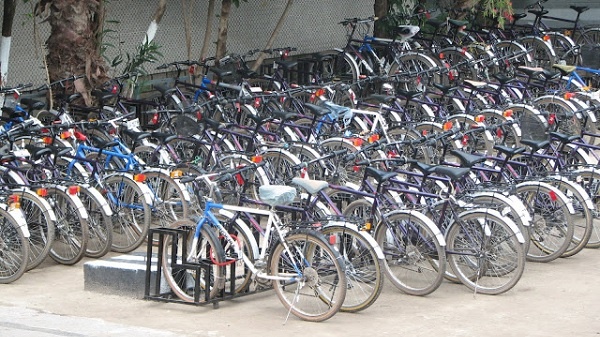
Ethiopia has developed Non-Motorized Transport Strategy following extensive consultations including stakeholder meetings and capacity building workshops, aiming to basic and affordable mobility, access to public transport, and health benefits from the strategy.
(UNEP) – As the COVID-19 pandemic swept through Ethiopia earlier this year, many in the Horn of Africa country abandoned public transit, fearful of catching the disease on crowded buses and trains.
But that created a problem. How would people move around in the country of 109 million?
The Ethiopian government believes the answer lies in part in cycling and walking. On 3 June, World Bicycle Day, the country launched virtually a national policy designed to promote those two modes of transport. Officially known as the Non-Motorized Transport Strategy 2020-2029, the program was inaugurated by Dagmawit Moges, Ethiopia’s Minister of Transport.
The strategy’s online launch event brought together key development partners, such as the United Nations Environment Program (UNEP), United Nations Habitat, the Institute of Transport and Development Policy (ITDP), and other experts and organizations who helped frame the strategy. “This government is committed to adopting a more equitable approach that addresses the mobility needs of all citizens,” said Dagmawit*.
Like many urban centers around the globe, Ethiopian cities face the challenge of moving around their citizens while contending with increasing traffic, deaths from road accidents, and high levels of air pollution. At the same time, despite the widespread use of non-motorized transport, road planning and infrastructure building in Ethiopian cities has largely been car-centered. Many streets, for example, lack continuous walkways and bike lanes.
During the strategy launch, which was held online because of the COVID-19 pandemic, Dagmawit said the transport ministry will follow an inclusive planning process. Several government bodies will participate in what she called the transformation of Ethiopia’s streets and public spaces. Under the strategy, all road building funded by the national government will need to incorporate high-quality non-motorized transport facilities.
The strategy, say experts, is especially relevant in a COVID-19 world; cycling and walking allow commuters to respect social distancing guidelines. Experts say those methods of transit are also far better for the environment than commuting by vehicle. Officials hope the new strategy will dissuade some commuters, especially in large cities such as Addis Ababa, Aksum and Hawassa, from reverting to a dependency on cars.
Ethiopia’s Non-Motorized Transport Strategy was developed in partnership with UNEP’s Share the Road Program and the Institute of Transport and Development Policy Africa. The strategy is available in both English and Amharic.
For further information on the strategy, please contact Dianaodero.adhiambo@un.org.
Source: UNEP
